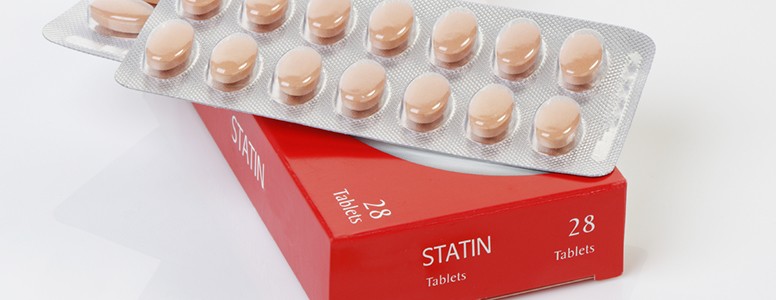Short bursts of high-intensity resistance training improved insulin sensitivity for relatively young, overweight or obese men.
A team of researchers from the University of Glasgow recruited 10 overweight men to carry out three sessions per week of 15-20 minutes of resistance exercise. The trial lasted for six weeks. Each session involved a single set of nine exercises which were performed until reaching muscle fatigue.
The participants were aged between 28 and 44 years old with BMI between 26 and 32 kg/m2. Their fitness levels, insulin sensitivity and muscle strength were measured at the start and after each week of the study.
Insulin sensitivity is a marker for whether a person is at risk of type 2 diabetes. If the body becomes less sensitive to the effects of the hormone insulin, blood glucose levels can rise leading to prediabetes and type 2 diabetes.
A 16 per cent improvement in insulin sensitivity was recorded along with improvements in muscle strength.
The study indicates that short bursts of exercise through the week, carried out on a regular basis, can have substantial effects on improving insulin sensitivity which could help reduce the risk of developing type 2 diabetes.
It will be interesting to see how a similar exercise regimen could benefit insulin sensitivity for people of both genders who have been diagnosed with type 2 diabetes.
Stuart Gray, who led the research group, said: “On top of these results, we know that the gym is not for everyone. Therefore, we also need to see if we can get people doing similar exercises at home without gym equipment, to achieve similarly beneficial effects.”
The findings have been published in the journal Experimental Physiology.
What's new on the forum? ⭐️
Get our free newsletters
Stay up to date with the latest news, research and breakthroughs.





